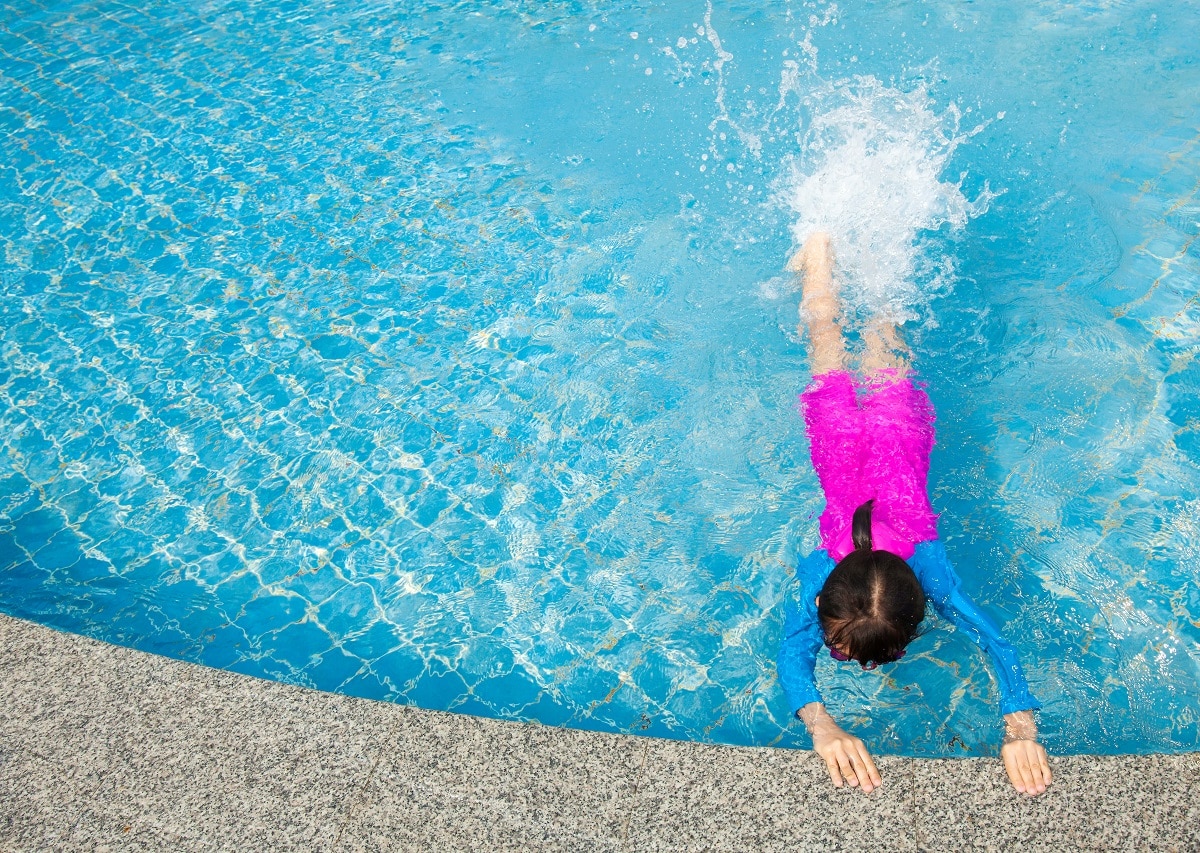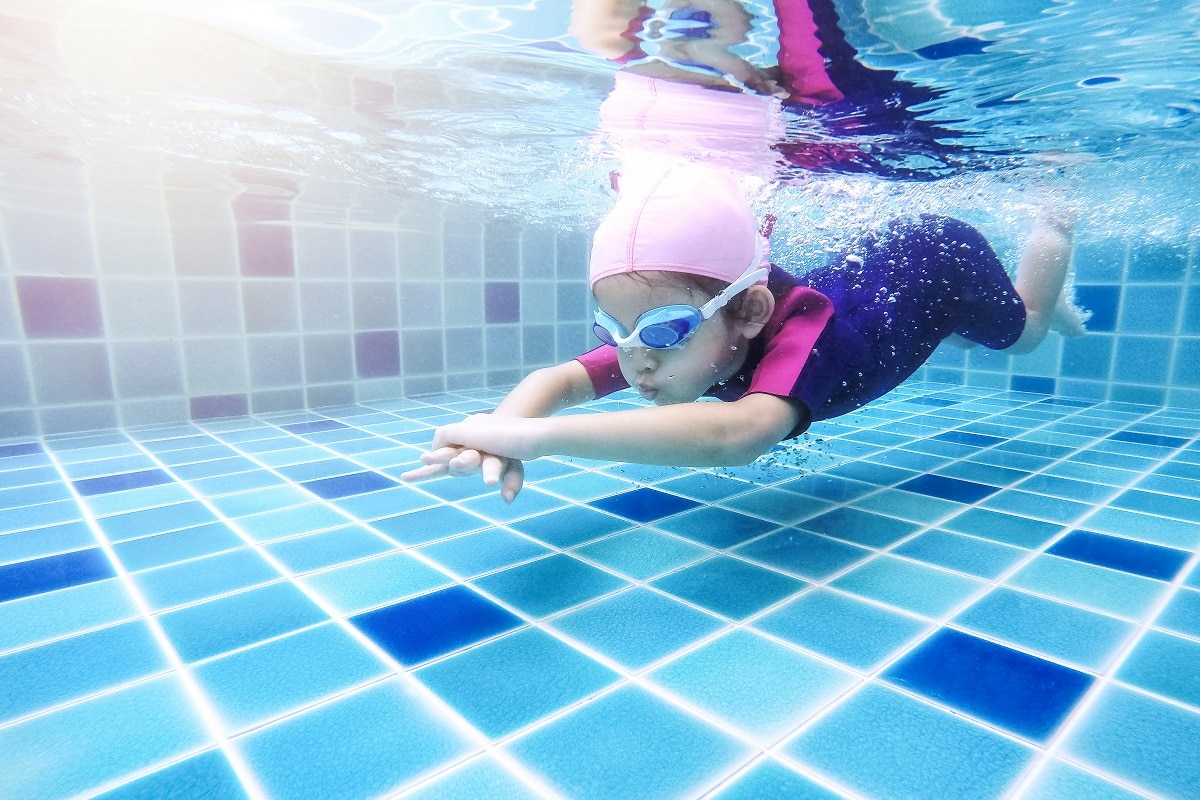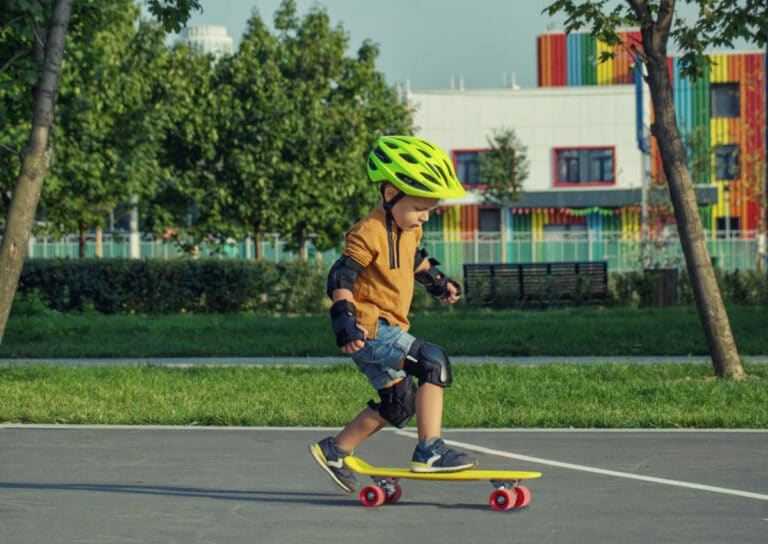Having a toddler can help make any household more cheerful and livelier. With their bursting energy, it might not be easy to contain them. Most toddlers would like to get rowdy and crazy with everything around them.
That said, you should be responsible for providing maximum safety, especially if they’re around water. Hence, enrolling them in swimming lessons would always be beneficial to keep them safe.
Swimming lessons for toddlers are crucial because it’s part of their survival skills. Also, you can be at peace knowing that your child can handle themselves in case they get thrown in the water. However, if your child is scared or hates the lessons, you should think of different ways to help them cooperate.
Listed below are some ways to help a toddler who hates swimming lessons:
In This Article
1. Pause The Swimming Lessons
While it might be nice for your toddler to learn basic survival skills, it’s best to avoid pressuring them into learning the skill immediately. If they’re not ready to be in the water, you should consider pausing the swimming lessons and trying again when you feel they’re more comfortable.
After trying three times and your toddler still refuses to be in the water, pausing it for a while would never hurt. Consequently, this will prevent causing trauma to the child as they might develop fear in the water, especially if you force them to be in it.

2. Encourage Fun Water Activities
Being in the water might excite many children and adults, but your toddler might see it as something they won’t be comfortable with. Maybe the water looks too big for your child’s eyes. This is most likely to happen if it’s their first time seeing the pool. To help encourage them to be in the water, try to practice fun water activities.
For fun outdoor activity, you could try purchasing a kiddie pool with plenty of bath toys so your child can play with it. It could be a ball, floaties, or even a water gun. Toddler swim floaties come in cute shapes and color, from magical unicorns to funky flamingoes. When you’re in the water, try to teach them some basic swimming lessons, such as moving their legs and trying to make their bodies float. As soon as they become comfortable in the water, you can slowly introduce them to swimming lessons in a more formal setting.
3. Try A Different School
Sometimes, the pool’s environment can cause your child to hate swimming lessons. The surroundings may look too stiff or too hot, especially if you’re not in a covered pool. There are many factors that your child might not be interested in, causing them to hate the activity. Hence, to help them feel comfortable, try a different school that can meet their needs.
Ideally, you should travel to different swimming schools and bring your child with you. Notice how they react once you open the door and see if it’s something they’re excited about or scared about. This should help you decide where to enroll your toddler.
4. Check Your Child’s Comfortability
Apart from the swimming school, you must also check your child’s comfort with their teacher. Significantly, your child’s swimming teacher should have plenty of experience in teaching children. This way, your toddler would feel the sincerity of their teacher. Thus, choosing one that really loves being around kids would surely help them to enjoy their lessons.
Meanwhile, before enrolling your child with a new teacher, have a sample class with them and observe your child’s comfortability. See if your child is responding well to their teacher and if they’re having a good time. This way, you can allow your child to enjoy their lessons and feel safe around their teacher.
5. Try To Practice At Home
If you have extra time on your hands, you might want to teach your child swimming lessons at home. However, don’t try to make this activity too formal, but rather a fun bonding time with your child. This way, you can help them further enhance their skills and avoid pressure whenever they’re in front of their teacher.
You can easily do this activity in a tub or your swimming pool if you have one. Practicing at home helps your children enjoy their lessons. As a result, they’re able to approach their training classes with fresh eyes. Also, you can help them see the activity as less formal. A side benefit of this is that it allows your child to build stronger bonds with their teachers and parents.
Takeaway
Swimming lessons are essential for your children’s development as they need to learn basic survival skills as early as possible. However, if your child hates swimming lessons, there are plenty of ways to make it more fun and engaging, such as involving fun activities, trying out a different school, and practicing at home.
However, if your child isn’t ready, never force them. It’s important to wait for them to run at their own pace. With this skill, you can allow for much enjoyable pool time with the family.











